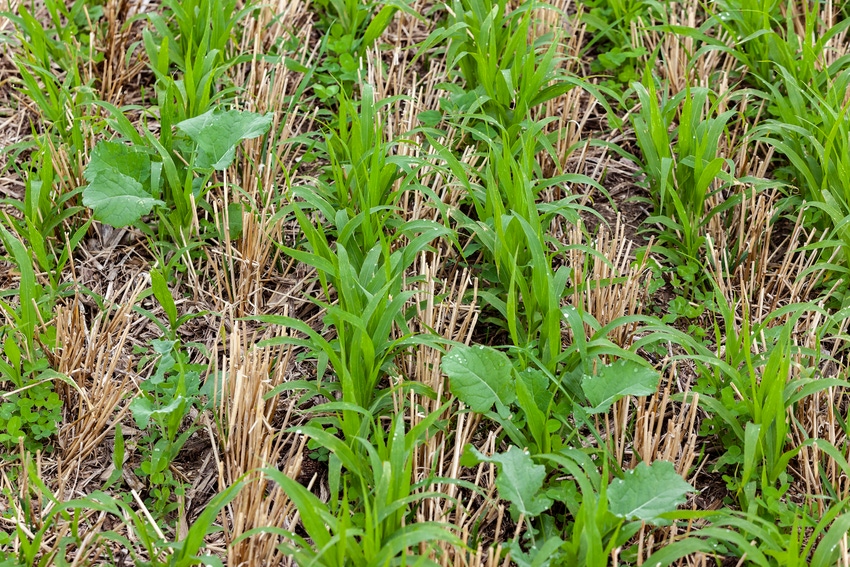
For the 2021 crop year, the USDA has initiated the Pandemic Cover Crop Program (PCCP) through the Risk Management Agency. The program will provide crop insurance premium assistance of the lessor of $5 per acre or full premium for crop. More information can be found at the RMA/USDA website. The premium assistance helps your bottom line but – depending on how you do your accounting – there are different ways you see the benefit through your cost of production analysis.
Cover crops are generally meant to prevent soil erosion and nutrient run-off for your commercial crops. However, cover crops revenue and costs can be handled a few different ways when it comes to your production cost. It can be 1) applied to the cost of commercial grain; or 2) monitored and managed separately as its own enterprise silo. There are pros and cons to both. Including the cover crop with commercial grain is more straight-forward and requires less cost allocation, but separating cover crops as its own enterprise may help if you want to determine breakeven pricing for the cover crop grain. The additional cost allocation takes more time and resources to properly analyze and estimate accurately.
For an example, let’s say you are farming 2,000 acres for the 2021 crop year; 1,500 corn and 500 soybeans. Crop insurance is $25/acre for corn and $15/acre for soybeans. As part of your cover crop system, you seed 1,000 acres of corn and 500 acres of soybean with rye as cover crop in October 2020. You hear of the PCCP program and enroll your 2021 crop. With the premium benefits being applied directly to crop insurance costs (a “net” method), the cost reducer is automatically applied to the commercial grain:
PCCP PREMIUM; NET METHOD WITH CROP INSURANCE |
ACCOUNT |
CROP INSURANCE - CORN (EXPENSE) |
CROP INSURANCE - SOYBEAN (EXPENSE) |
CASH (ASSET) |
However, if you use a gross method and allocate the cost reducer out of the crop insurance cost of the commercial grain, you can use the cost reducer against your cover crop enterprise instead:
PCCP PREMIUM; GROSS METHOD |
ACCOUNT |
CROP INSURANCE - CORN (EXPENSE) |
CROP INSURANCE - SOYBEAN (EXPENSE) |
PCCP ASSISTANCE - RYE (COST REDUCER) |
CASH (ASSET) |
You can see our cash payment is the same for both cases but the crop insurance for the gross method allocates the full cost to your commercial grain crop insurance to the respective grain. The cost reducer is separated and can be allocated to the cover crop, giving you a more precise cost of production for both the commercial and cover grains.
Talk to your CPA if you are currently doing a cost of production (or are interested in starting the process) and would like some advice on allocating tax benefits. One of the major reasons that we recommend using an accrual cost of production is to adjust for cashflow and tax driven decisions – such as the PCCP program – that can create volatility in your analysis.
About the Author(s)
You May Also Like






